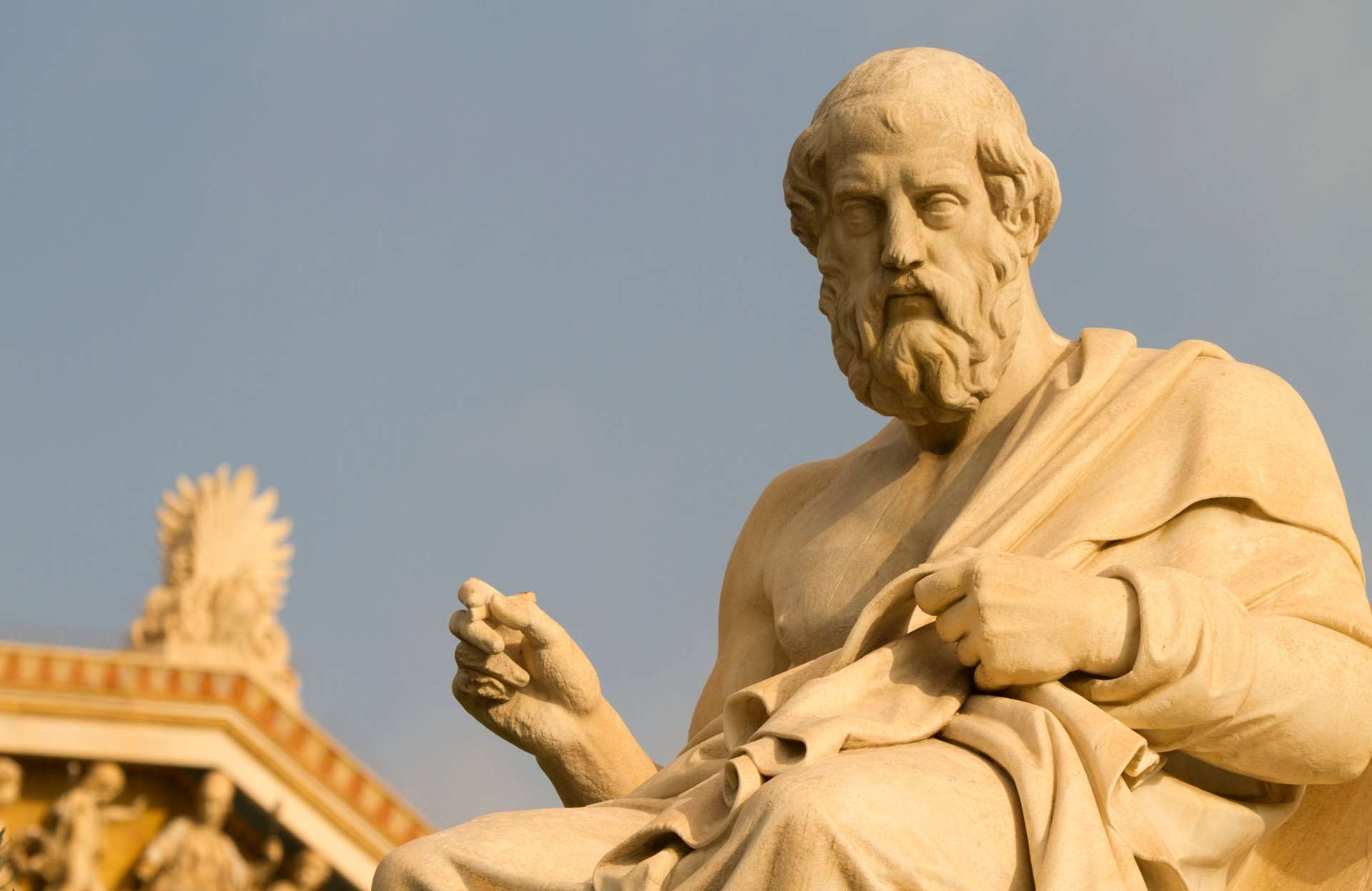Over a century has passed since the groundbreaking discovery of King Tutankhamun's tomb by British archaeologist Howard Carter. Among the treasures unearthed within its hallowed chambers, one particular artifact stands out—the central pectoral scarab, a wonder crafted from space debris, offering a glimpse into the cosmic connections of ancient Egyptian culture.
Nestled within the confines of King Tut's tomb, shielded by millennia-old debris, Howard Carter stumbled upon a trove of priceless antiquities. Among them, the central pectoral scarab, a mesmerizing piece adorned with a bright yellow gemstone, carved from the rare Libyan Desert glass—a relic of celestial origin.
According to Salima Ikram, an Egyptologist at The American University in Cairo, this extraordinary scarab, hewn from meteoritic glass formed by a cosmic collision in the eastern Sahara, showcases the ancient Egyptians' intrepid expeditions into the desolate desert landscapes. Its rarity and exquisite craftsmanship designate it as a precious jewel, revered both for its aesthetic allure and its symbolic significance.
As a central feature of Tutankhamun's regalia, the pectoral scarab transcended mere adornment, serving a dual purpose in religious rites and ornamental display. Its role extended beyond the physical realm, symbolizing protection and divine authority—a testament to the pharaoh's power and prestige.
The scarab beetle, an enduring emblem of ancient Egypt's spiritual landscape, held profound significance in Tutankhamun's tomb. While ubiquitous in Egyptian iconography, the use of rare gemstone scarabs was reserved for esteemed pharaohs like Tutankhamun, attesting to their unparalleled wealth and influence.
Aidan Dodson, an Egyptologist and historian at the University of Bristol, elucidates the multifaceted symbolism of the scarab beetle. Representing the sun god Ra at sunrise, the scarab embodies themes of renewal and existence, mirroring the cycle of life and death. The ancient Egyptians, perceiving nature through a divine lens, revered the scarab as a harbinger of rebirth, bridging the realms of the living and the afterlife.
Scarab beetle amulets, meticulously placed within mummy wrappings, exemplified the ancient Egyptians' belief in the continuity of existence beyond death. Inscribed with prayers for protection, these heart scarabs safeguarded the deceased on their journey into eternity, ensuring a smooth transition into the afterlife.
In essence, the scarab beetle, with its profound symbolism rooted in natural phenomena, epitomized the ancient Egyptians' spiritual ethos—a testament to their reverence for the cyclical rhythms of nature and the eternal quest for immortality. Through artifacts like King Tut's central scarab, we glimpse the cosmic threads woven into the tapestry of ancient Egyptian culture, transcending time and space.







